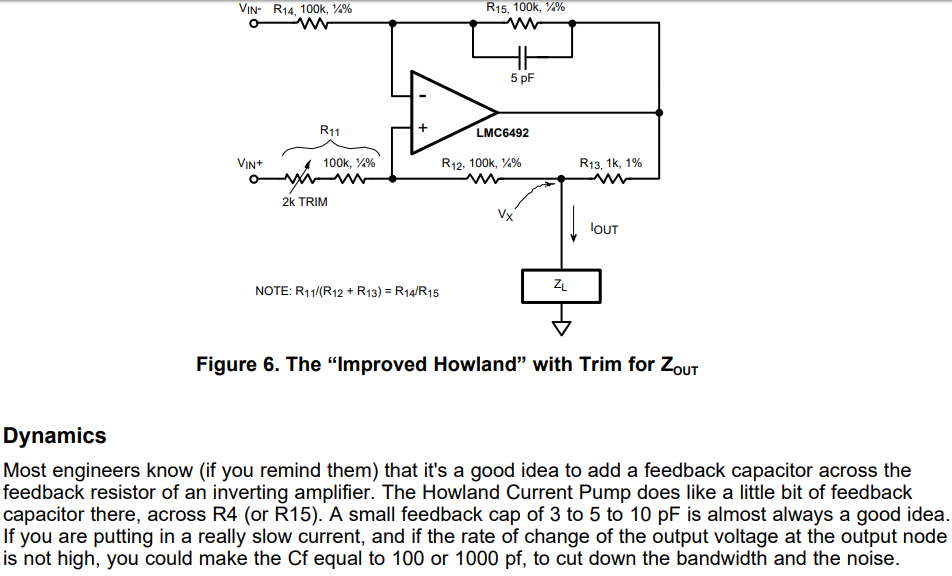Other Parts Discussed in Thread: OPA551
I use 2 OPA552P. One is configured as a non-inverting amplifier.
The other one is configured as a unity gain buffer. On the breadboard, all OPA552 is connected to + - 30V power supply with a 0.1uF 50V X7R ceramic decoupling capacitors.
A periodic (100Hz) signal is amplified from the first OPA552 and it is connected to the buffer. However, the buffer's output is not stable, showing oscillation.
Whereas, the first amplifying Op Amp doesn't show this problem.
I used Metal Film resistors, by the way.
Even though I lower the amplification, this still happens.
What seems to be the problem? I can't find the reason to observe this unstable oscillation.



